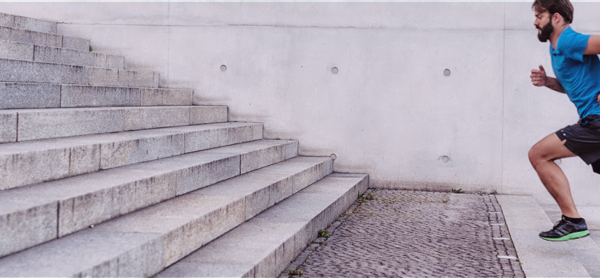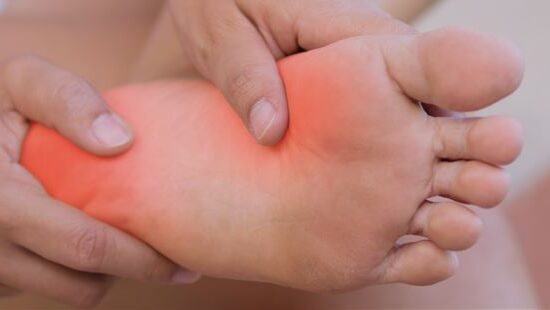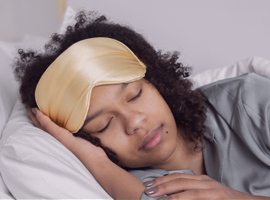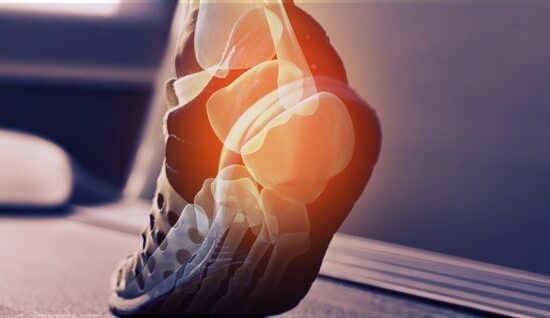What is genu recurvatum?
Genu recurvatum, or back knee, corresponds to a deformation of the knee joint so that the knee is hyperextended in relation to the thigh when in a standing position. The familial type is frequently encountered and observable from the child’s first steps. It involves no danger and often disappears on its own in adulthood.
Where does it come from?
Familial genu recurvatum comes from ligament laxity. This distension allows the joint to open up too much and results in a backward curvature of the leg.
More rarely, it can also be of congenital origin. In these cases, the condition is more serious because it comes from a malformation that results in joint luxation, the displacement of the bones in the joint. Injuries can then become repetitive and conscientious treatment must be followed.
The impairment can also be acquired, as a consequence of a poorly consolidated fracture or muscle atrophy. In very severe cases, it may necessitate surgery (osteotomy).
How can it be recognized?
During adulthood, sometimes knee osteoarthritis is caused by genu recurvatum that has persisted since childhood. Since the deformation causes a displacement of the forces and pressure points in the joint, pain and stiffness are felt, due to deterioration of the cartilage.
In children, the impairment is generally painless and the deformation tends to attenuate naturally over time and with growth.
Treatment solutions for genu recurvatum
- Opt for a foot orthosis
In mild cases of genu recurvatum, a foot orthosis with a heel lift helps to correct the alignment of the lower limb by limiting the extension of the joint.
- Wear a knee orthosis
In the presence of a more severe genu recurvatum problem, the doctor may prescribe a knee orthosis. This exerts optimum control over joint amplitude in flexion and extension movements.







